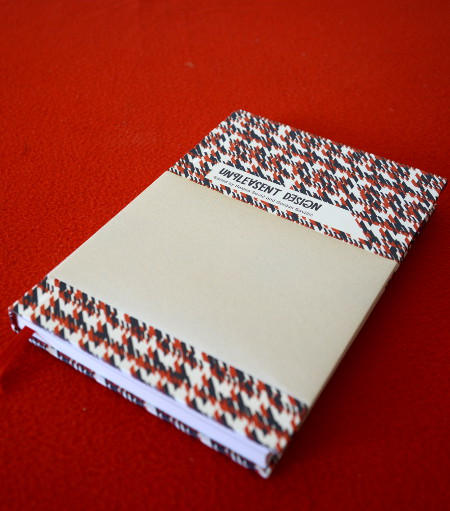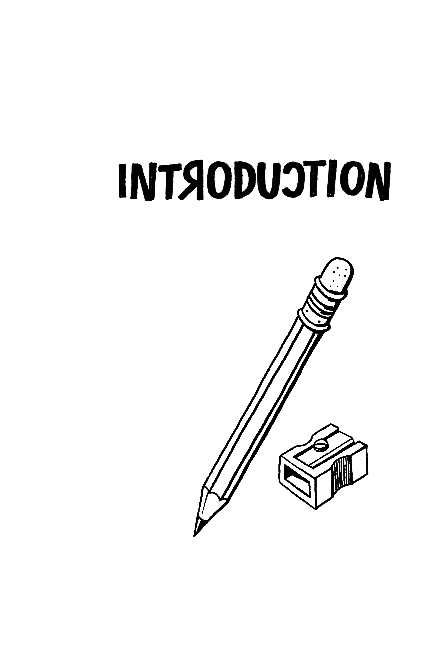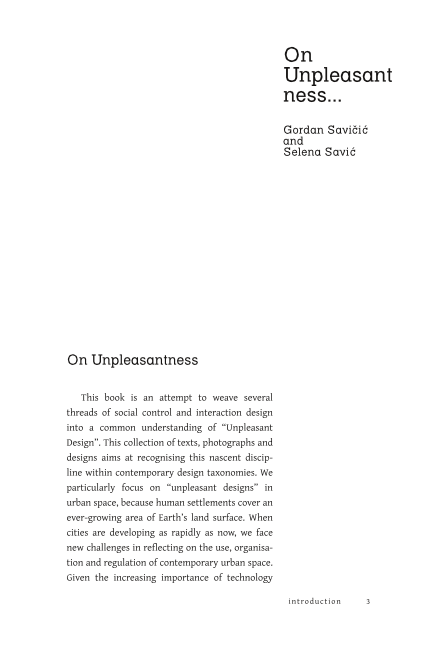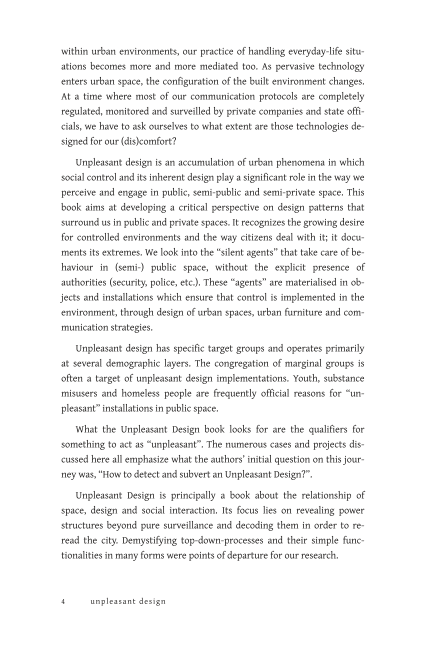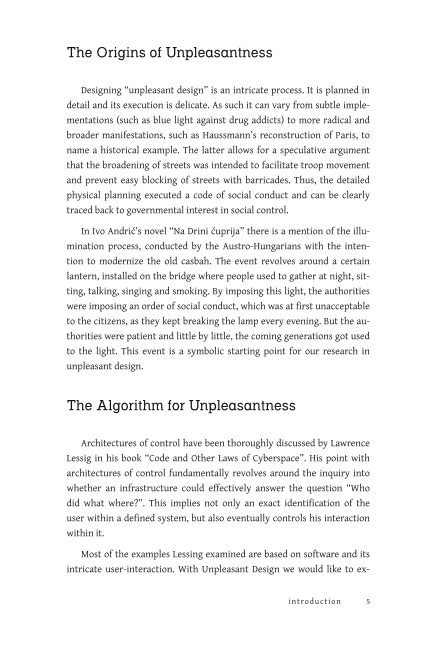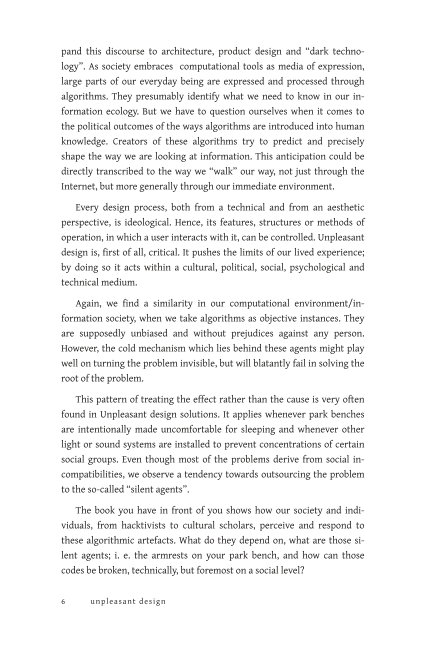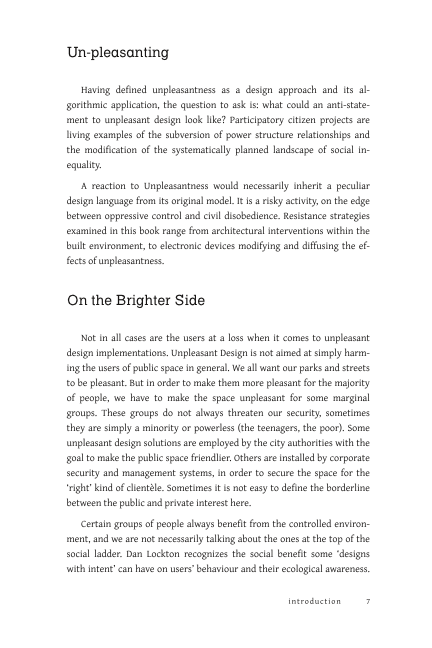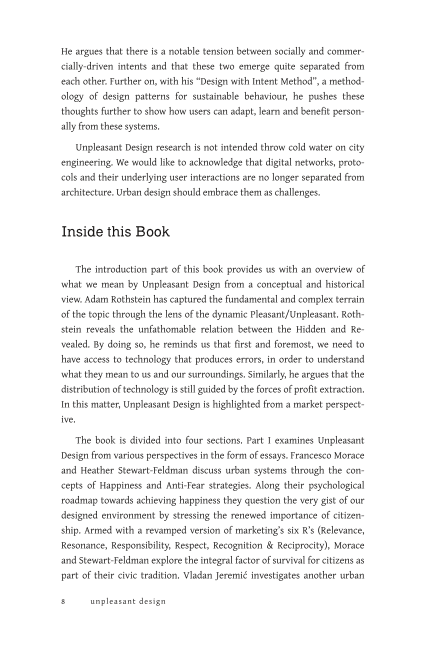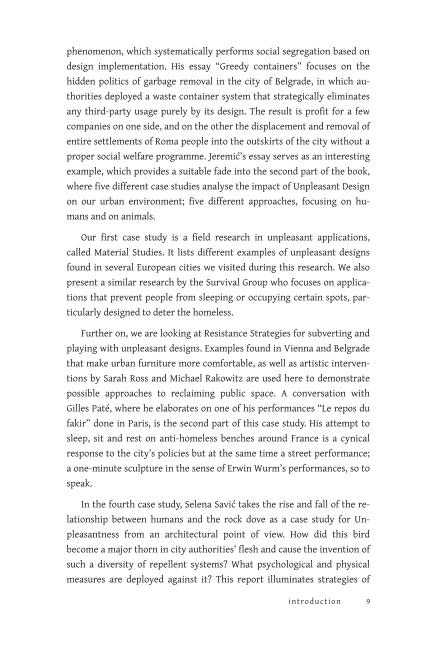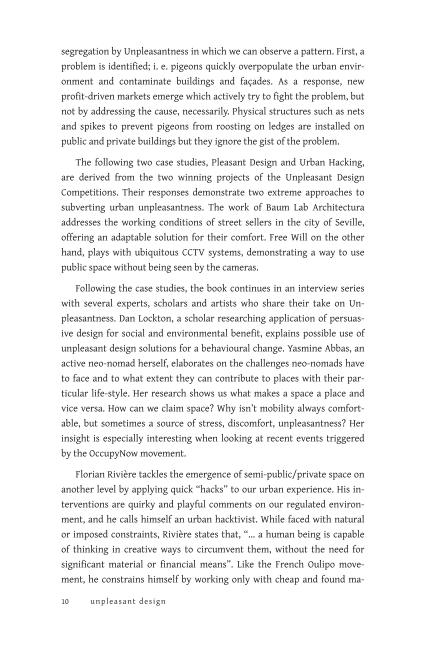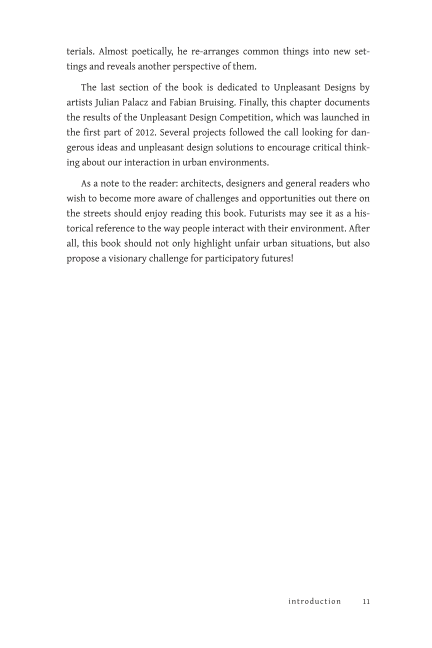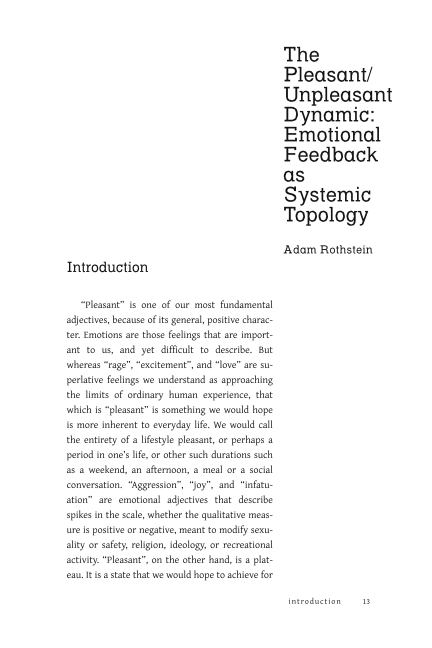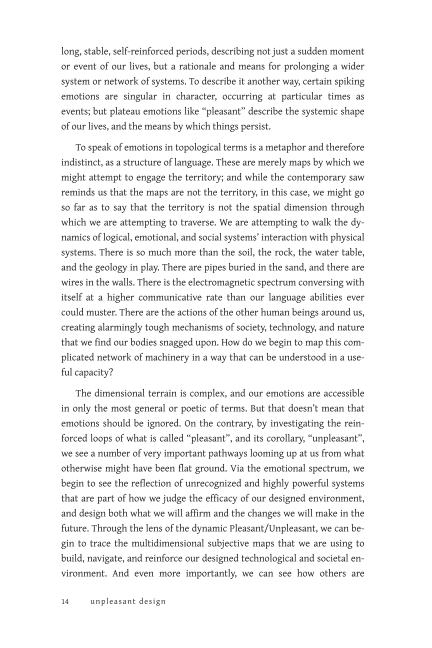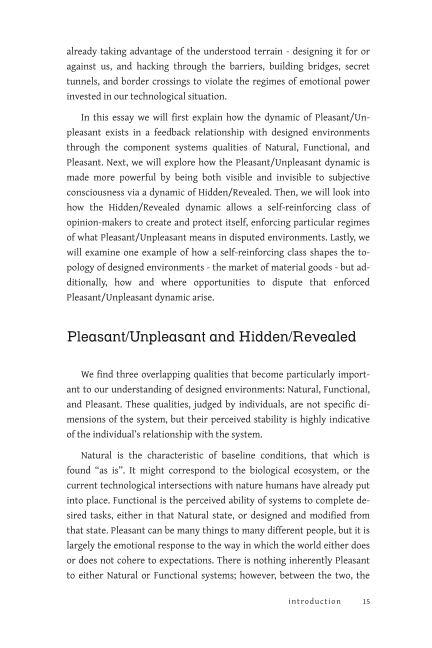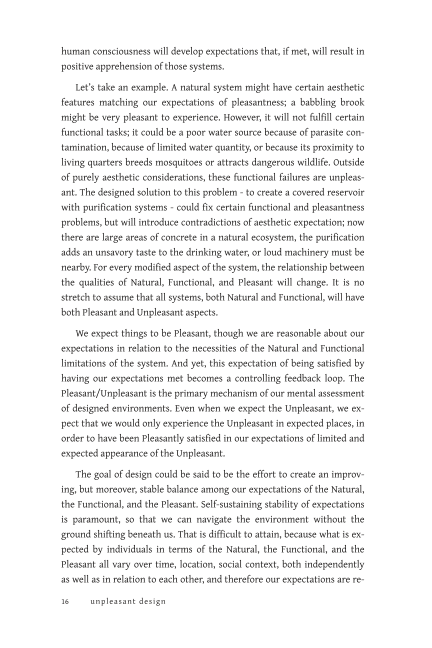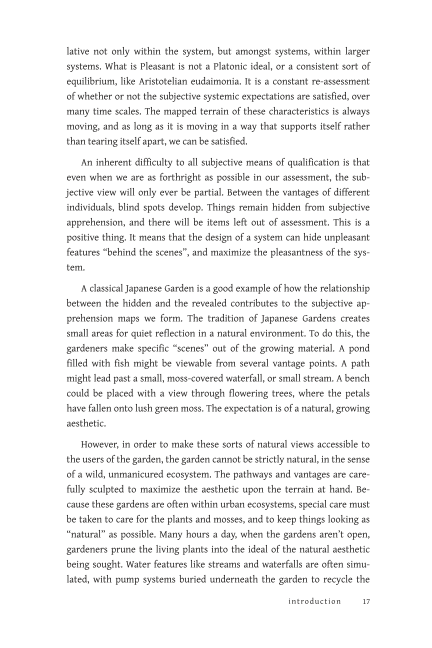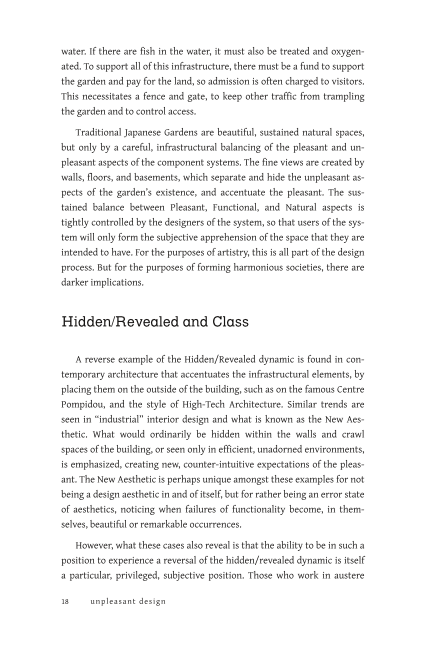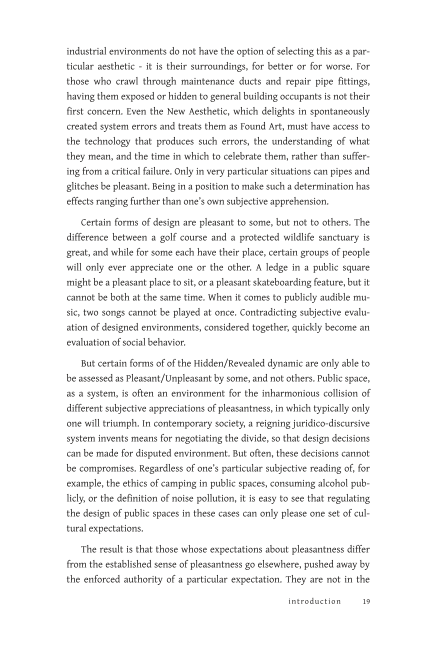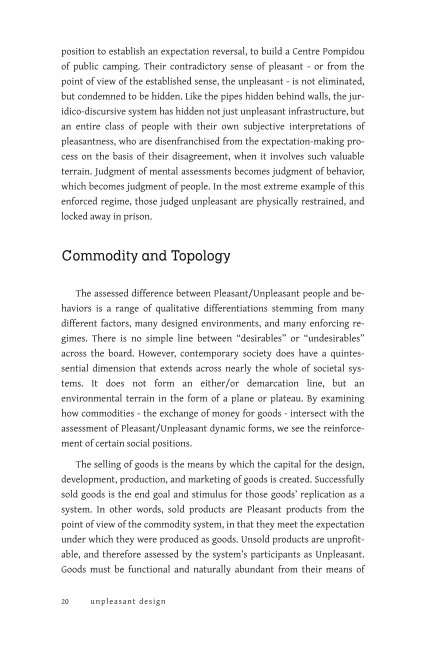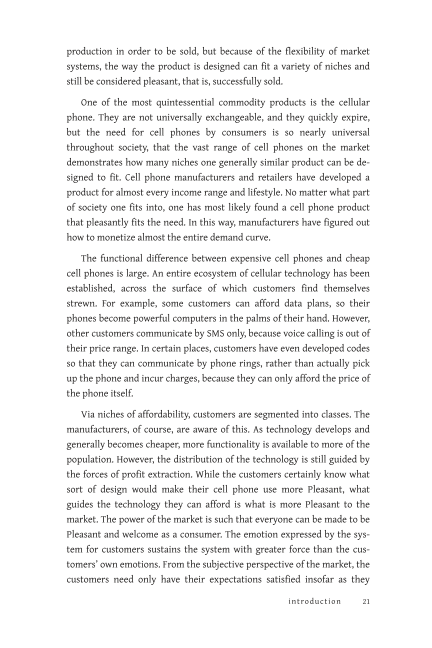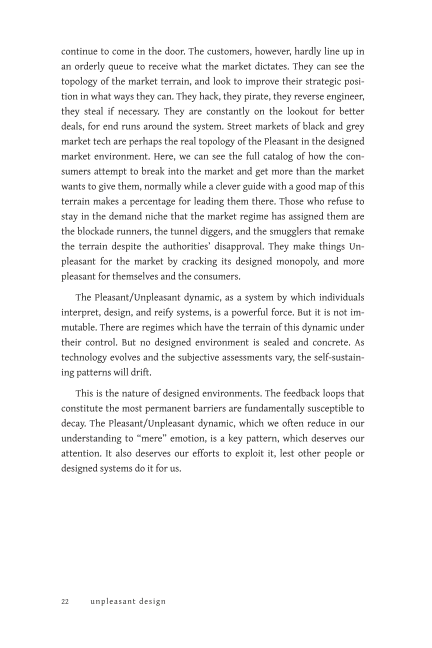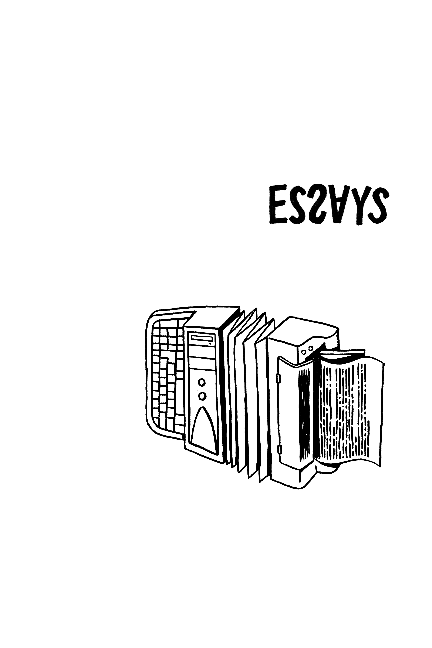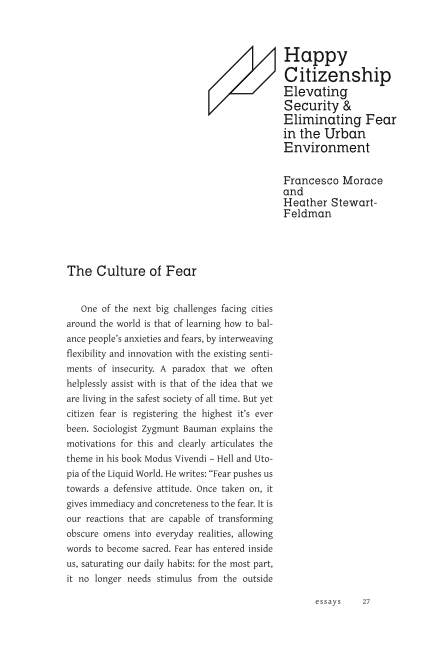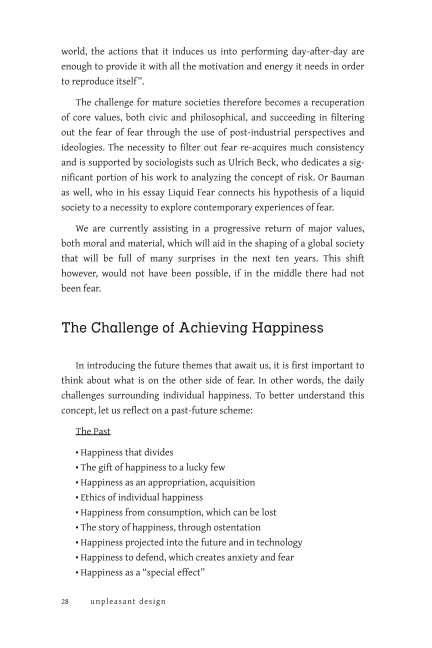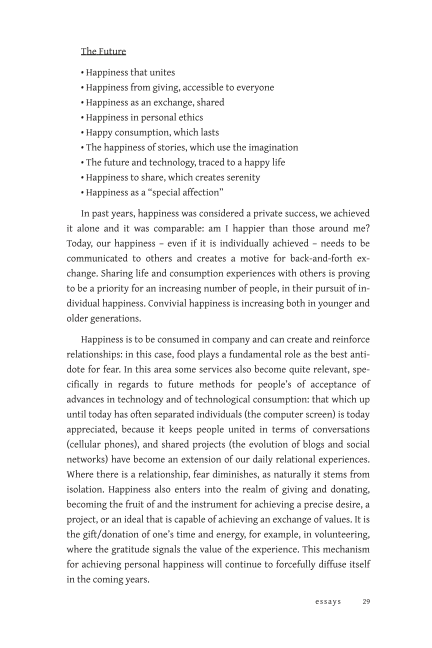unpleasant for pigeons
Wth this case study, we are going to and analyse the phenomenon and consequences of ‘unpleasant design’ for certain parts of population in our cities. We will do so by focusing on ‘unpleasant design for pigeons’, which itself is a niche within unpleasant design in general.
The majority of data is collected by direct observation – watching, photographing and noting different ways pigeons are prevented from landing on facades and other surfaces. We consulted documentation from mass media advertising, focusing on online resources for pigeon-deterent devices and services. We extensively survey blogs and forums where people discussed problems with pigeons.

a group of pigeons usually found in city centres
Introduction
In recent years, feral pigeons have become particularly undesired in cities. They are considered dirty, contageous and simply unwelcome as any other pest. Different techniques are used to clean them out, or at least decline them any landing space. These include small metal sticks usually found on window seals, upper side of pipes and unattended walls, commercial signs, even public art; (electric) wire on edges of roofs and garlands; fake pigeons hanging in front of windows or sitting on fences; recently also mesh polypropylene netting screened over (parts of) façades that are freshly renovated. (full list of evidence, appendix 1)
Pigeons and their droppings are considered to cause damage to buildings[1] and machinery, carry insect pests and disease which may be transmitted to humans[2]. Local governments consider pigeons as a threat to environmental health, some even insist that pigeons can cause accidents (their droppings making walkways slippery)[3] and can be hazardous to motorists and pedestrians, when big flocks suddenly take flight.
Data Collection
News:
According to BBC News, feeding of pigeons at Trafalgar Square was legaly banned with a by-law in 2003. Previously licensed feed sellers are outlawed while the authorities make sure seeds are sucked up by vacuum devices and Harris hawks and megaphones scare pigeons away. At that time, a group of people gathered around Pigeon Action Group to find a way to keep feeding pigeons, because they simply loved it. Their campaign resulted in an agreement to allow feeding them once a day only.
Supported by similar political campains and the generally bad reputation of pigeons in the city, people do not restrain from simply feeding them with rat poisons. Organised or individual initiatives for bird control do not lack cruelty in their dealings with these birds. Following on this, the use of hawks and falcons became a popular way to remove pigeons, because it is considered more natural than poisoning or trapping. However, there is no way to ensure the raptors will not tear the prey to pieces, and that the raptors themselves have been through any kind of training. As stated in a report by the Pigeon Control Resource Centre
“Falconry may have been popular in the middle ages but it is clearly not perceived as being an appropriate nor politically correct means of controlling and killing pest birds in the 21st century.”
Aside from these more or less cruel measures for lethal control, making the city unpleasant for pigeons has become a must in most historic cities (centres). The simplest and most pervasive method is certainly wiring. Porcupine wires are used on flat, horizontal surfaces of (ornamental) facades, on window seals, and even cables. A myriad of spring-tempered nickel stainless steel prongs with sharp points pointing outward in all directions is used as a mechanical repellent for birds.
Parallel strands, sometimes under electical charge are used on support cables and narrow ledges, as an alternative to wire spokes.
The most overall solution is netting screened over facades, usually applied on historical buildings with ornamented facades. The nets are made of polypropylene UV-stabilized wires and is resistant to corrosion, rusting or rotting. Sometimes only parts that are prone to roosting are covered, in other cases whole facades or even lichthofs are screened. Netting seems like a solution that needs almost no maintenance However, where netting is used, it should be checked regularly to ensure birds are not caught in the mesh
Alternatively, frightening devices like fake pigeons or CDs to deter birds are often installed on terraces, balconies and window seals.
Browse our flickr stream for more pictures: http://flic.kr/s/aHsjyVmSES
Conclusions
The problems this anti-pigeon trend raises are many. In the first place, the question is how do we forge relationship with other living beings that inhabit our cities? Who and what do we welcome or tollerate? This relationship seems to have changed through history, from a utilitarian view of birds as messengers (Rothschild family being a famous example) to a hostile view of the birds as environmental health hazard. Solutions currently applied in bird control do not really help forge a good relationship with animals. But to they actually solve the problems?
According to Courtney Humphries, author of the book Superdove: How the Pigeon Took Manhattan…And the World, feral pigeons are well adapted to cities mostly because cities remind of their natural habitats – rocks and cliffs. Feral pigeons are a species that evolved from the Rock Dove and found buildings made by humans a perfect home, because they have nooks and crannies and things that imitate natural cliffs.
Since the birth of cities, pigeons have been used as communication technology – particularly in China, Greece, Rome, Persia. They were faster and more reliable than human messengers who travelled on land. The curious case of the Rothschild family business from 1800s, tells the story of 5 brothers based in 5 European cities who used pigeon messengers to deliver coded messages between them. According to Roy S. Freedman, author of the Introduction to Financial Technology, this communication technology was particularly beneficial for the success of their multinational business.
Coming back to more recent people’s habits, we will still find bird feeding to be one of their beloved activities. When the campain against pigeons on Trafalgar square bursted, the late labour MP and former Sports Minister Tony Banks protested, stating that “The Square’s feral pigeons are sociable and intelligent creatures who have become accustomed to a food source provided by humanbeings.”. Pigeons are considered very intelligent and adaptable animals. Their number grows accordingly to food availability, as they can breed one or 8 times a year.
Outlawing the act of feeding the pigoens, and installing various repellents, local government and people’s initiative hope to improve the level of ‘hygiene’ in the city. In many cases though, we can see that this actually leads to more dirt concentration on single spots where the rules haven’t been applied (yet). Discriminating one group (of people or animals), one only displaces them, achieving larger concentrations of the unwanted effects on all available locations. This enforces us to apply radical discrimination measures, rather than tolerance, against the targeted group. No longer will we tolerate one or two pigeon droppings. Most of the city will be completely clean, and only some spots will be covered with dirt. This will make the pigeons even more unwanted because their effect will be more visibly noticeable.
Maybe because pigeons adapted so well to cities and concrete, we do not consider them any more a part of nature. While we do appreciate nature, Humphries suggests that pigeons do not fit any convenient category.
———————–
further reading: Colin Jerolmack, How Pigeons Became Rats: The Cultural-Spatial Logic of Problem Animals
Courtney Humphries, SUPERDOVE: How the Pigeon Took Manhattan . . . and the World
21 Amazing Facts About Pigeons
—-
[1] Mayor of London Ken Livingstone estimated the damage from pigeon droppings to Nelson’s Column at Trafalgar square up to £140,000; the square received a facelift worth about £25 milion in 2003.
[3] http://www.southglos.gov.uk/NR/rdonlyres/E3074BC6-C504-4A1A-8F8A-24910FA1B395/0/COS070038.pdf
—-
Appendix 1
1.1. Pigeon deterent applications
1.1.1 mechanical

wire sticks used on horizontal surfaces, even on cables; BCV, Lausanne, Switzerland; April, 2012

netting over a balustrade; BCV, Lausanne, Switzerland; April, 2012
1.1.2 electrical
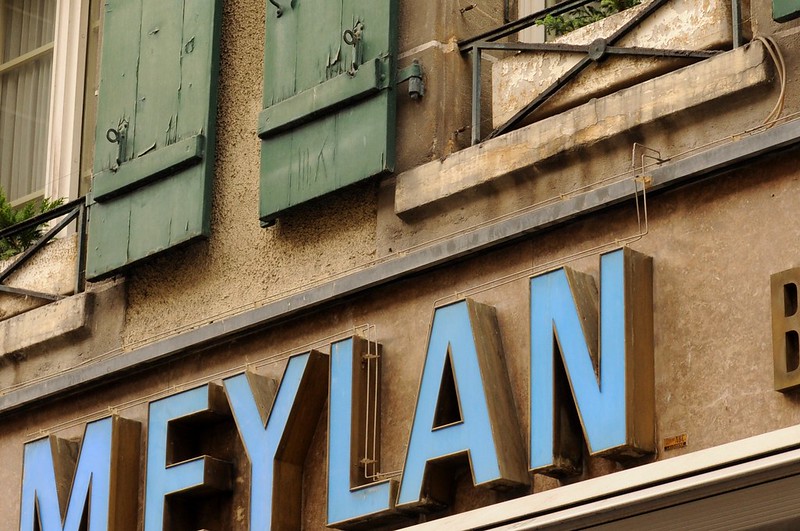
Electrical wire coming out of a window above the sign prevents the pigeons from roosting on it
1.1.3 deceiving and scaring

wooden pigoen hanging over a balcony; Rue du Maupas, Lausanne, Switzerland; April 2012

Glittering decoration of a boat is possibly more useful as a pigeon deterent; The little flags are swaying in the wind and scaring the pigeons (and other birds) away; Ouchy harbour, Lausanne, Switzerland; April 2012
1.2. Some consequences
1.2.1 more protection
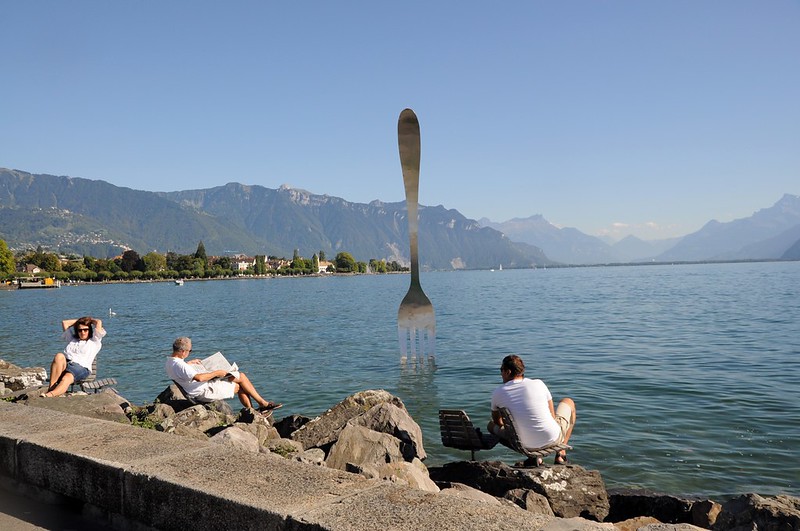
The current trend in protecting buildings from pigeons spread also onto large scale public art

Wire sticks on a large fork in front of the Alimentarium in Vevey, Switzerlan; September 2011
1.2.2 collateral dirt
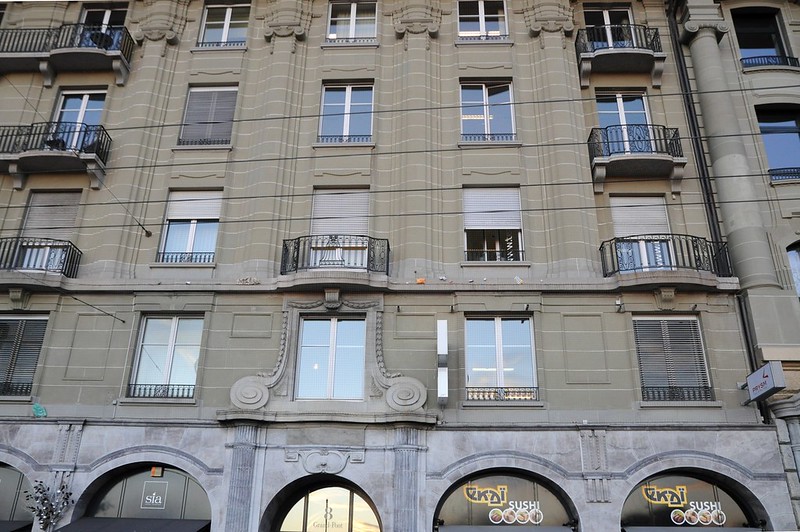
Overall bird barrier netting applied on a historic facade of a building in the centre of Lausanne, Switzerland. The netting is of the same colour as the paint, so it should go unnoticed. Its main purpose is to keep birds away from using the facade for landing and nesting, thus reducing necessary maintenance of the facade surface.

However, because of its overall coverage, all litter falling out of windows stays caught inside the net.
1.3. City policy, recommendations, instructions
1.3.1. why not feed the pigoens?

A table found on the border of the lake Leman, explaining how feeding pigeons in an unorganised way causes them to reproduce more often, which in turn makes new birds weaker so they are more likely to die before reaching adulthood; Lausanne, May 2012
